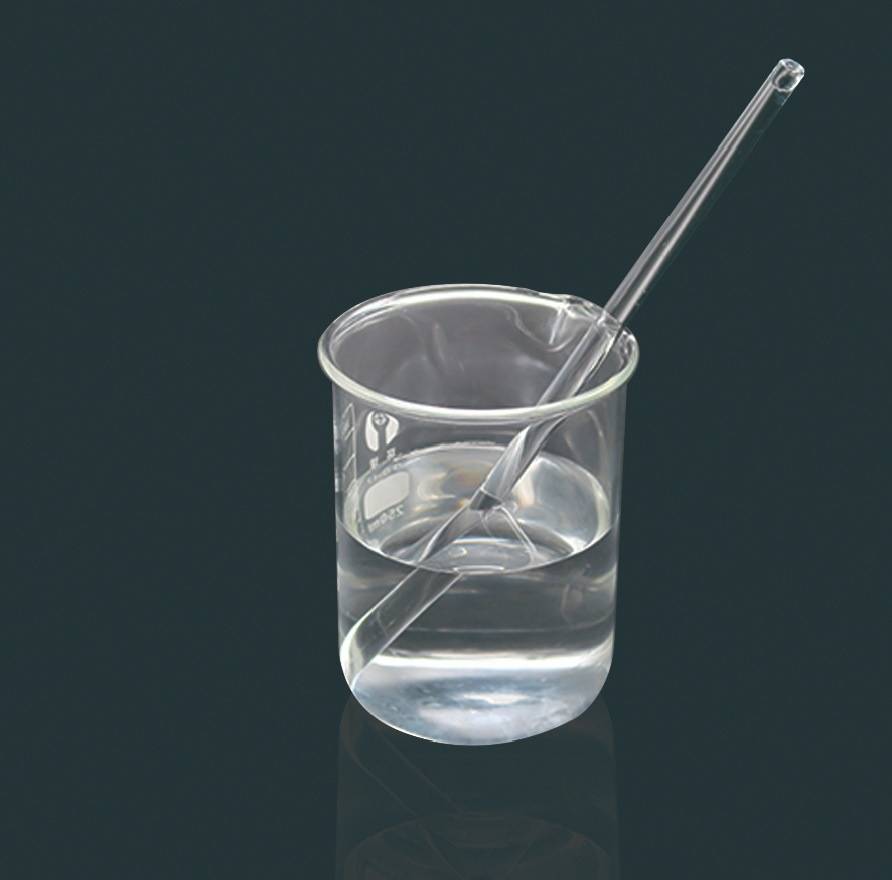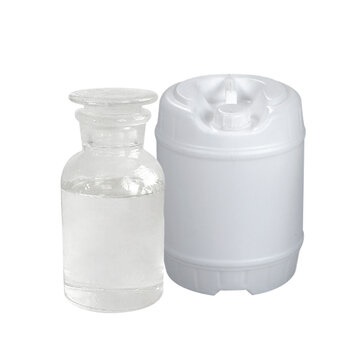Author:Kevin
Since the 1940s, hexane has dominated the field of vegetable oil production due to its unique leaching effect. Nowadays, in many countries around the world, including China, over 80% of edible oil is produced through extraction methods. However, as a flammable and non renewable petroleum cracking product, the safety of its use has always been a concern. At the same time, the medical community is increasingly concerned about the potential central nervous system and motor neuropathy caused by long-term exposure of employees to n-hexane. In 1990, the Clean Air Amendment Act in the United States listed n-hexane as one of 189 hazardous air pollutants, further intensifying the urgency of finding alternative solvents and processes.
The substitution process of n-hexane has been examined by Johnson and Lusas et al. (Johnson, L.A., and E.W. Lusas, Ibid. 60:181A (1983)). At least 70 alternative solvents and systems have been documented in the literature, covering a wide range from basic water used in water extraction to alcohols, aldehydes, alkanes, amines, aromatic hydrocarbons, cycloalkanes, esters, ethers, halogenated hydrocarbons, ketones, as well as many mixed solvents and acidification systems, and even supercritical carbon dioxide extraction technology. Although we do not currently consider using benzene, trichloroethylene, furfural, or carbon disulfide to extract food and feed ingredients, these compounds have been attempted in the early stages of oilseed extraction technology and ultimately proved unsuitable.
The ideal solvent for extracting plant oil should have the following characteristics:
The solubility of oil is high, while the solubility of non oil components is low.
High volatility (i.e. low boiling point) to facilitate thorough removal from mixed oil and wet meal.
Moderate boiling point to support leaching process at higher temperatures, thereby promoting mass transfer.
Low viscosity to ensure good fluidity.
Low latent heat of evaporation and low specific heat are used to reduce the energy required for solvent recovery and insulation.
Chemical inertness, does not react with oil and other components of oilseeds.
Completely non-toxic, non carcinogenic, and residue free.
Non flammable and non explosive, ensuring safe use.
Non corrosive to extend the service life of equipment.
Commercially available in large quantities and at low cost.
Unfortunately, an ideal solvent that possesses all of the aforementioned properties does not yet exist. Although low boiling point alkane fractions perform well in most aspects, their flammable and explosive properties still require careful handling. Typical leaching solvents, such as hexane or solvent oil, typically have a boiling point range between 65 and 70 ℃ and are mainly composed of hexadecane, hence the name “hexane”. These solvents play a crucial role in edible oil extraction and must comply with strict quality specifications. Quality parameters typically include distillation range, non-volatile residue, flash point, sulfur content, cyclic hydrocarbons, color, and specific gravity. China continues to update its solvent oil standards for vegetable oil extraction. For example, in 2008, the GB16629-2008 “Vegetable Oil Extraction Solvent” standard was implemented, replacing the original 1996 “6 # Extraction Solvent” standard. In addition, GB1886.52-2015 “Vegetable Oil Extraction Solvent” was released in 2015 and implemented in March 2016. It is worth mentioning that in August 2016, the first national standard for n-hexane GB1886.258-2016 “Food Additives – n-hexane” was carefully formulated for more than 4 years and officially came into effect on January 1, 2017.
Although light hydrocarbon solvents have excellent solubility, their flammable and explosive properties pose many safety hazards to production.
To ensure production safety, strict standards must be implemented for the construction and facilities of solvent leaching plants. All electrical devices must have explosion-proof function, and the discharge end of the ventilation port needs to be equipped with a cooling condenser to reduce the escape of solvent vapor. In addition, strict safety measures need to be taken to prevent the danger of sparks around the factory. These safety measures undoubtedly increase the installation and operation costs of solvent leaching factories. However, accidents still occur from time to time, which further highlights the necessity of finding alternative solvents.
During the exploration of alternative solvents, trichloroethylene was briefly used commercially, but was forced to be abandoned due to the discovery that its leached meal was toxic to animals.
Another alternative method is to use high-pressure “supercritical extraction” technology, using liquid carbon dioxide as the extractant. Although this technology is theoretically feasible, there is currently no commercial feasibility due to high equipment costs and relatively weak solubility of carbon dioxide near the critical point.
In addition, alcohols are also considered as potential solvents for the extraction of plant oils.
For example, anhydrous (absolute) low-fat alcohols such as ethanol and isopropanol exhibit good solubility at high temperatures. However, the solubility of these solvents decreases sharply with decreasing temperature, and this temperature dependence is the basis of the ethanol leaching process. During the leaching process, the high-temperature mixed oil will separate into two phases after cooling, and recovery can be achieved through centrifugation. However, it is worth noting that although these alcohols are not flammable, necessary preventive measures are still essential to ensure production safety.
If American leaching manufacturers want to bypass federal environmental regulations on the use of n-hexane, isohexane may become the preferred solvent to replace n-hexane for leaching oilseeds. Isohexane, commonly known as “isohexane,” actually refers to a mixture of various methyl pentane and dimethyl butane, all of which belong to the hexane solvent class. It is similar to extraction solvent No. 6, industrial hexane, and n-hexane, but the toxicity of isohexane is significantly lower, with an exposure limit concentration 10 times that of n-hexane. As early as the 1950s and 1960s, the Southern Regional Research Center of the US Department of Agriculture conducted in-depth research on the extraction of various oilseeds (such as sunflower seeds, tung oil trees, corn germ, etc.) using isohexane as a solvent. The results showed that there was no significant difference in extraction efficiency between isohexane and n-hexane. In addition, isohexane has a lower boiling point and shorter distillation range, which means more energy can be saved when evaporating the solvent. It is even possible to increase the processing capacity of the factory from n-hexane to isohexane while keeping the process equipment unchanged.
Isohexane, a low toxicity hexane solvent, is gradually becoming a new favorite in the oil seed leaching process. Several research institutions in China, including Jiangnan University, COFCO Group, China Agricultural Mechanization Research Institute, and Yueyang Jinhan High tech Company, have jointly conducted research on the extraction technology of isohexane (methyl pentane) for oil production. This technology passed the strict appraisal of the China Grain and Oil Society in 2015 and won the first prize of scientific and technological achievements. At present, this technology has been included in the national key research and development plan for the 13th Five Year Plan, aiming to promote the moderate processing and comprehensive utilization of bulk oil, as well as the research and demonstration of intelligent equipment. Its application prospects are broad and it is expected to be widely promoted throughout the industry.
Biological solvents have shown great potential in replacing traditional hexane solvents, especially green solvents such as terpenes, which have received widespread attention. However, due to the high vaporization heat, boiling point, density, and viscosity of terpene compounds, their process scalability is somewhat limited. On the other hand, although the water enzyme method for extracting oil has potential, it faces application challenges due to high production and downstream processing costs of enzymes, long cultivation time, and inevitable additional steps such as demulsification.
Despite numerous studies on alternative solvent systems both domestically and internationally, n-hexane remains the primary solvent for commercial leaching of bulk oilseeds. Taking the United States as an example, the usage of n-hexane has remained consistently high since 2004. In 2016, 94 leaching plants in the United States (including ADM, Bonkey, Cargill, and Louis Dreyfus) still used n-hexane as the leaching solvent. This is mainly attributed to two reasons: firstly, long-term usage habits. Although n-hexane poses a flammable risk, the manufacturer has formed effective preventive measures, and employees have also developed a habit of process operation; Secondly, the application of new technologies and equipment has further reduced the consumption and emissions of n-hexane, such as dual absorption towers in mineral oil systems and technologies combining freezing absorption with mineral oil absorption. At the same time, automation and intelligence have also improved production management levels.
However, n-hexane still has a significant weakness: when the mixture of n-hexane vapor and air reaches a certain volume percentage range (about 1.2% to 7.7%), the mixture will become flammable. Over the past century, multiple processing plant fires and even explosions have been related to this. In addition, strict control over organic volatile emissions both domestically and internationally has made the search for alternative solvents and oil production processes for n-hexane an important issue for oil and fat practitioners.
If you need or are interested in product, please contact me and we can send you free samples.
WhatsApp:+0086-18678684705
Email:kevin@dyeastchem.com
Web.:www.dyeastchem.com



